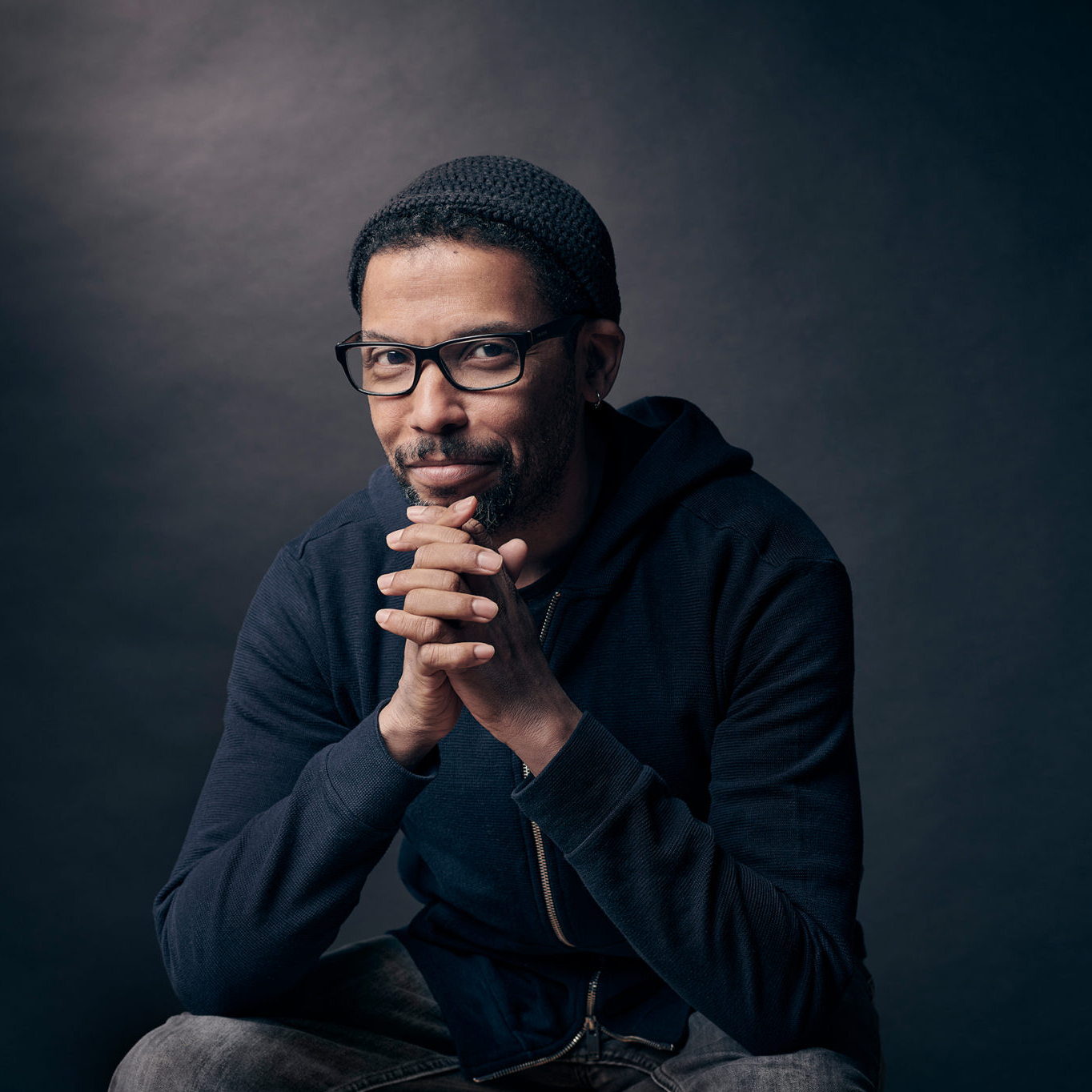RICHARD HOLLANT (he/him/his)
I started CO:LAB in 1988 developing brand and product launches for Fortune 500 corporations. It was a whacky and sometimes excessive ride with (literally) helicopters and Lamborghinis—true of so much of business in the 80s. There was a lot to learn in this intense environment around getting the outcomes you want. These insights were framed in terms of “move the needle”, “bump the margin”, “push the envelope”, “bag the elephant” and other euphemisms for moneymaking strategies. While often overblown, the learning was important in the way that all lessons on how to develop an intentional outcome are important. Clearly, if you are reading this, you got to this page because you already know that there is more to life than transactions. I was raised knowing that and in the corporate environments at the time, I felt like an outsider when it came to maintaining the ethical values that matter to me. I was growing weary of the company I kept.
Two decades later, through a series of fortunate/misfortunate encounters, I evolved CO:LAB into an organization that leverages what I’ve learned about operating at scale. To do so authentically, I lean on my personal experiences of life at the margins, the journey of the underdog, the urgent mandate for equity, and the matrix-shifting recognition that we live in abundance despite a dominant society intent on conjuring the illusion of scarcity for its own survival. CO:LAB quickly became leaders in what was at the time called Design for Good. I now just call it Design—with an initial cap—by which I mean a desire to make things as simple as possible but not simpler*, wonder-seeking, truth-seeking, forecasting, championing, and liberatory. This all comes down to the intentional shaping of things with integrity, genuine conviction, and a perpetual cycling back to a humble place where we can never be crushed by what we have yet to know. More than a practice, Design is my way of defining how I am in this world and how we can all work toward meaningful change in the communities we love.
On this journey, here are some of the things that happened:
My team and I have received hundreds of awards from AIGA, CADC, Print, How, Graphis, Cause/Affect, Cross-Cultural Exchange, and Best of New England. Our design work has appeared in trade publications and design books. We have been featured in Business Weekly and Communications Arts. I was named one of GDUSA’s 20 People to Watch and one of Fast Company’s top 11 designers creating social value. Our work on diversity is in the permanent collection of the Library of Congress.
An interdisciplinary major from Boston University and a media major from the Museum School of Fine Arts, I’ve lectured around the country and conducted workshops on ethics, design in community, and branding for socially conscious organizations. I judged competitions including the Strathmore Paper Show, American Graphic Design Awards, Say Something Posters, Start-Up CT, Flux, Sappi Ideas that Matter, and Communications Arts.
I became President of AIGA Connecticut, an alumi of the AIGA National Board, and a former chair of Design for Democracy. I was appointed Commissioner of Cultural Affairs for the City of Hartford, and my photographs have shown in galleries and museums. During the COVID pandemic, I was tapped by the Mayor of Hartford to lead the strategic reopening of the arts, culture, and recreation throughout the city. I fulfilled a life long dream of corrupting young minds by becoming a father to five kids and a professor at University of Connecticut and Hartford Art School where I taught both the undergraduate problem solving class and a Masters class on ethics at the intersection of creativity and community.
In 2019, after developing Parkville Studios, a successful pilot program in “Space for Good,” I founded Free Center—a collection of community spaces providing free access to arts, culture, trauma healing, and advocacy programming in forgotten neighborhoods where access to the things that make our lives amazing is conspicuously missing. I’m ending this bio here because after more than three dozen years of thinking about what I do, Free Center is the shiniest object thus far that fits all of what I mean by Design with a capital “D” and I’m at the beginning of learning all over again.
* Truncation of a 1933 lecture by Albert Einstein: “It can scarcely be denied that the supreme goal of all theory is to make the irreducible basic elements as simple and as few as possible without having to surrender the adequate representation of a single datum of experience.”

